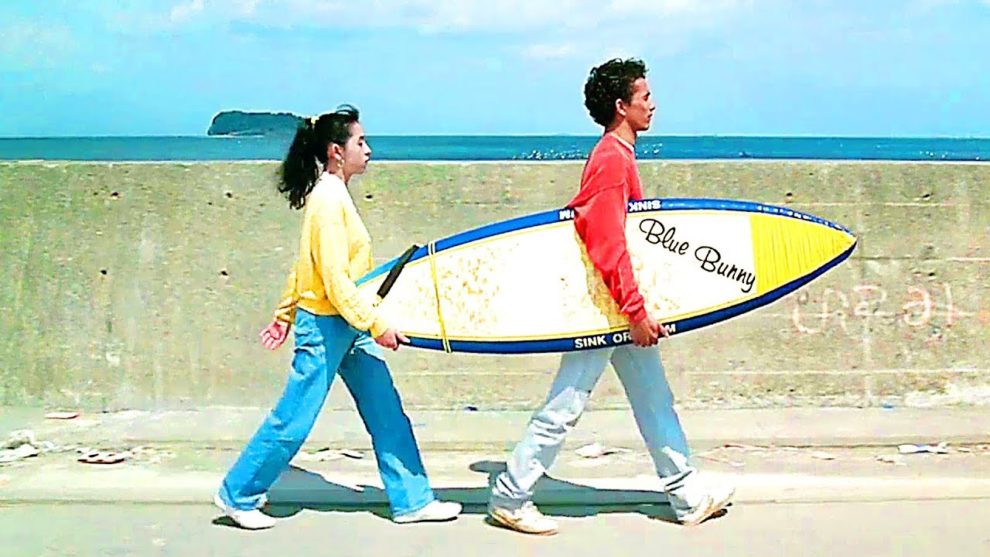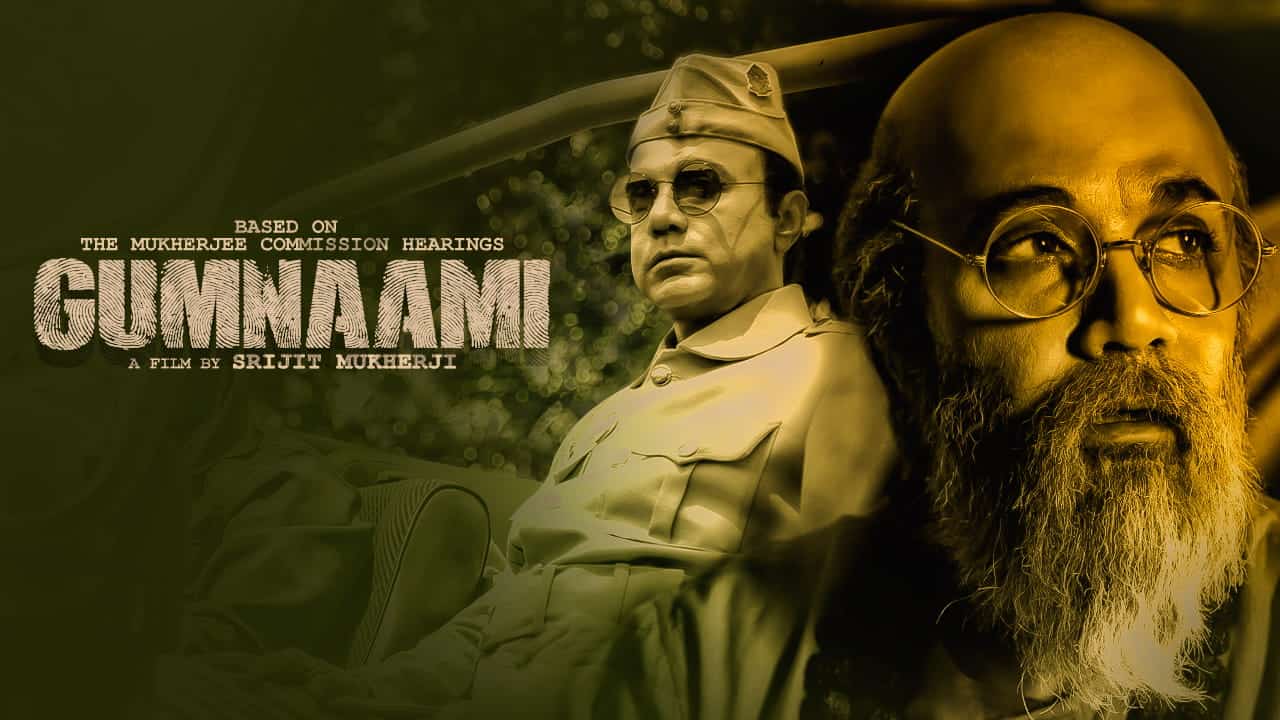While his first two features as director, “Violent Cop” and “Boiling Point”, are sometimes regarded as gangster or cop thriller, especially the latter displayed Takeshi Kitano's willingness to explore the boundaries of genre as well as his unique brand of filmmaking. Apart from the depiction of the hero along with his/her deconstruction, it also showcased his tendency towards the absurd or gallows humor, which he would go on to explore even further in features such as “Sonatine”. However, his third directorial effort, “A Scene at the Sea” is something else entirely, and while many of the aspects of Kitano's style are included, its mood, its themes and characters already show a different side of the director in a drama about outsiders, acceptance and the experience of freedom. “A Scene at the Sea” also marks his first collaboration with acclaimed composer Joe Hisashi, which would continue until “Dolls”.
Buy This Title
on Amazon
Ever since his childhood, hearing-impaired Shigeru (Claude Maki) was an outsider in his community, a small coastal town. The local youth usually make fun of him or ignore him, and his only friend is Takako (Hiroko Oshima) and his older colleague at work, who does not bully him and tries to be something of a father figure for the young man. However, Shigeru's life changes upon finding a discarded surfboard during work, which he picks up and repairs at home, upon which he ventures to the nearby beach and starts practicing. While at first his daily visits to the beach are all the more reason for his bullies to make fun of him, and he also becomes a laughingstock for the small group of surfers, his stubbornness and willingness to lean leave an impression among the latter.
Eventually, he takes up the courage to even enter a competition, while Takako encourages him. She also accompanies him to buy new and more professional gear, a new surfboard along with other accessories. Little by little, he is also accepted by the other surfers, and even the bullies, who have taken up surfing themselves, stop laughing about Shigeru.
Whereas “Boiling Point” must have been a real disappointment for those expecting the same kind of cop/gangster-drama he did previously, “A Scene at the Sea” surely is quite a change for Kitano. However, viewers familiar with the director's filmography will notice the theme of the sea appearing for the first time, along with the metaphorical meanings attached to it. While reviewers and authors regard the image as one showing the metaphysical aspects of Kitano's work, his stories and his characters, in the case of “A Scene at the Sea” you might also think of freedom and, above all, acceptance, especially considering the peace the main character experiences when he goes surfing. The image and the sound of the sea, which also seems to have influenced Hisashi's score, is omnipresent throughout the movie, thus becoming a place for the protagonist where he feels accepted and not held back by his handicap.
In the end, “A Scene at the Sea” is a very touching portrayal of outsiders and how one finds solace in the company of others. The image of the discarded surfboard awakens something in Shigeru, which neither the direction of the movie, nor the performance of Claude Maki never fully explains, as the shots are mostly static, and the acting follows Kitano's usual predilection for the deadpan-minimalism. Instead, the visuals and the sound tell the story of an outsider, somebody who may also feel somewhat discarded and forgotten, finally wanting to be recognized and to leave behind the image other people have of him. Katsumi Yanagashima's camera follows this process of transition of the young man, this search for confidence and becoming better, and eventually escaping from an otherwise rather boring, restricting environment.
“A Scene at the Sea” is a wonderfully shot and acted drama. Takeshi Kitano's third feature film is a diversion from his previous work, showcasing his approach to downplay the conflicts of a character, and in that way, telling a visually beautiful and touching story, which is supported by the great score of Joe Hisashi.
















